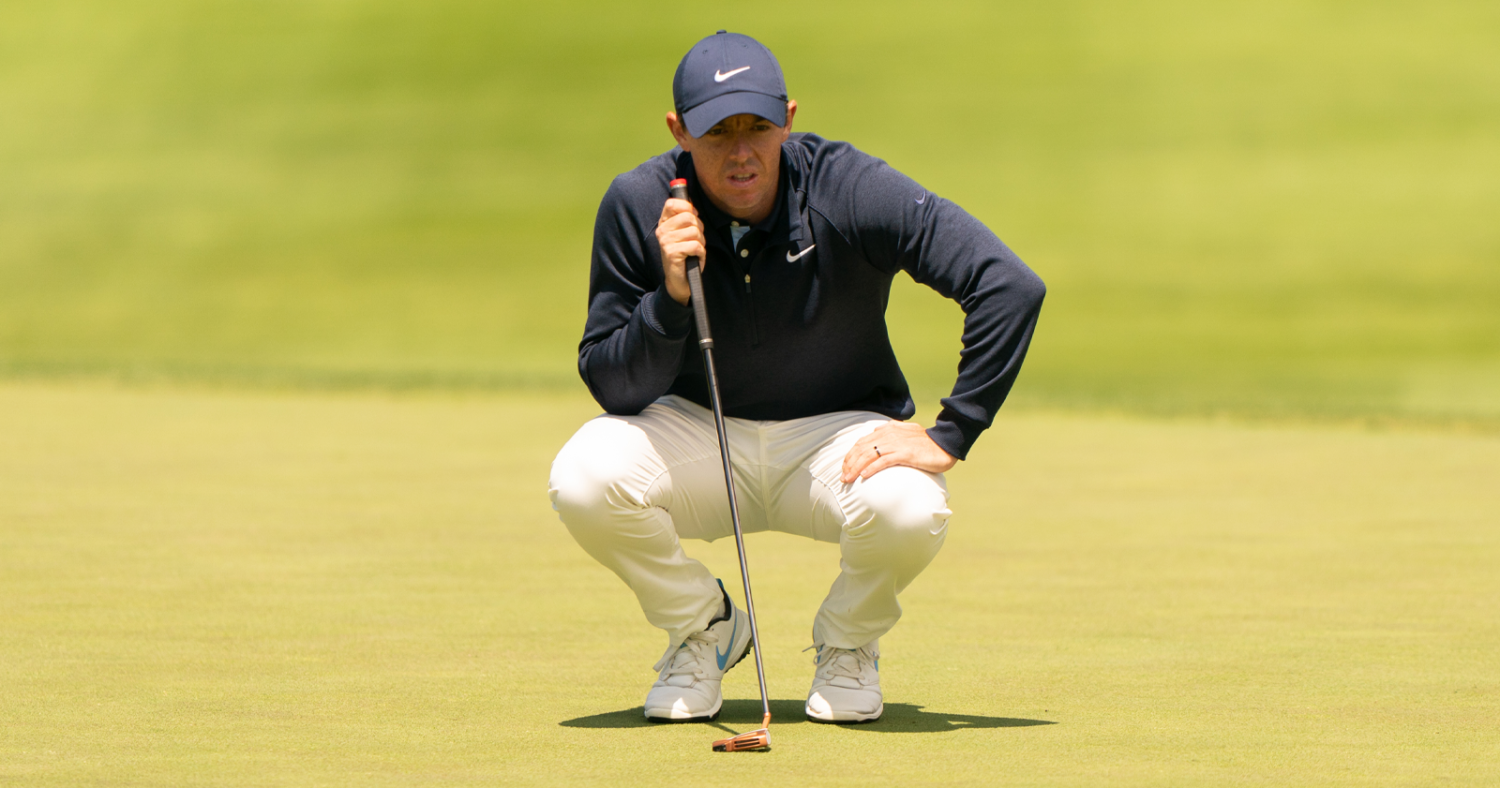Here’s what we cover:
My story originally appears on PGA.com on 11/12/21
There is probably nothing more satisfying in golf than busting out a 300+ yard drive. On the flipside, there is probably nothing more frustrating than missing a short one- or 2-foot putt. These two types of golf shots really have nothing in common other than one simple thing they both count as one stroke on the scorecard…and that’s worth paying attention to.
Currently, more than half the country is seeing their golf season coming to an end and many golfers are propping their sticks up in the corner of the garage until March.
I would like to argue this however…why not consider using this winter to really get dialed in with your Putting? This is an area of the game where you could absolutely make substantial gains during the off-season and do so from the comfort of your own home.
There are basically two areas in putting where people struggle: The direction their putt goes, and the distance it travels. In both these areas, there is one common thing that gets out of whack for most golfers and that’s not having good control of the clubface.
In terms of direction, a putt that goes straight down the intended target line generally has a square face in relation to the intended line. In terms of the distance a putt travels, the putter head and face, needs to stay low through impact and the ball needs to hit the “sweet spot” or center of the face.
Paying attention to and knowing what the face of your putter is doing right before, at, and just after impact will help you fix the mechanical faults you have.
All Up in Your Face
This off season, take some time to get “all up in the face” of your putter’s clubface. With the quality of cameras today on most mobile devices, you can really get a good look at what the face of your putter is doing during the critical moments of impact as well as pre and post impact.
Get your mobile device set down low and position it in a horizontal or landscape setting. You will isolate just the putter head in your cameras view as you prep to record some strokes. You could actually position your phone on the ground, propping it up against the flagstick and hit some putts directly at it as you record your stroke in slow motion. In this view, you will be paying attention to how the putter comes into the ball…does it stay low and hit the sweet spot? Or does it swing up too soon and catch the leading edge, or bottom of the putter?
Next, position your mobile device in a face-on view direction, in relation to where your ball and putter sit. You will aim to keep the camera low to the ground, in the same manner as described in the down the line (from the target) view mentioned above. From this view, as you record impact in slow motion, you will be looking to see if the toe and heel of your face are coming into the ball at the same time. If the toe comes in first, and the heel is late, with a stroke that is square to your line, you will pull putts. Conversely, if the heel leads and the toe comes in late, on a path that is down your target line, you will push the putt. Being off at impact, even in the slightest, in relation to the heel/toe relationship, will cause putts to just miss your target….and that is from any distance from the hole!
These exercises are more like diagnostic tests. They will provide you with the valuable info needed to help fix your putting set up and other mechanical faults that may exist with your stroke.


